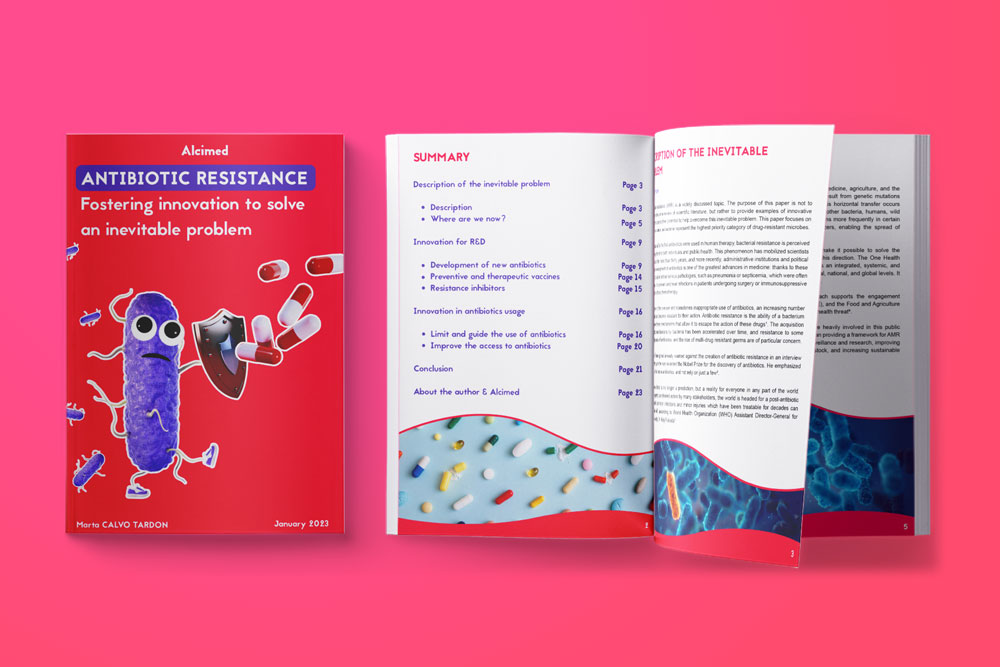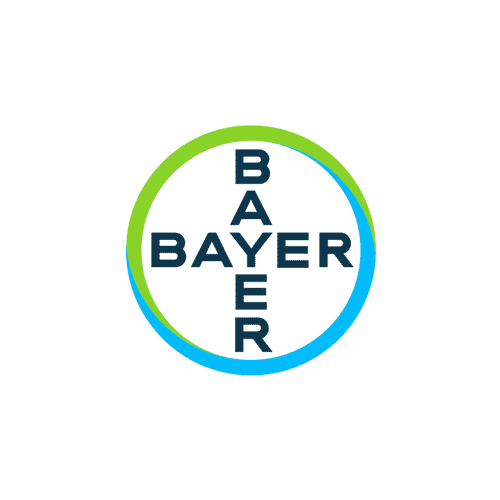
Antibiotic resistance

Develop new research and diagnosis solutions to address resistant infections
Alcimed Healthcare’s team is exploring the global health crisis of antibiotic resistance, as part of the efforts to address antimicrobial resistance, helping their clients create new treatment and diagnostic approaches, understand public health challenges and penetrate different geographies.
They trust us

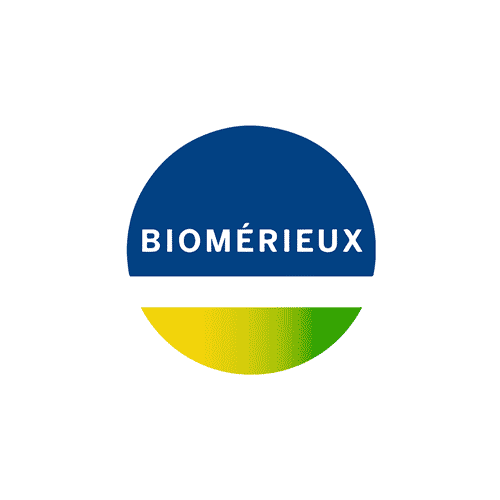
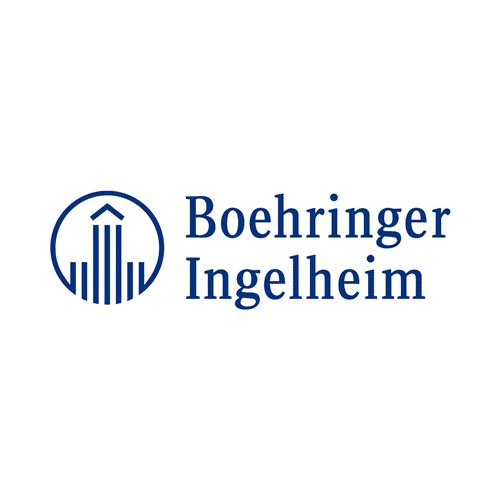
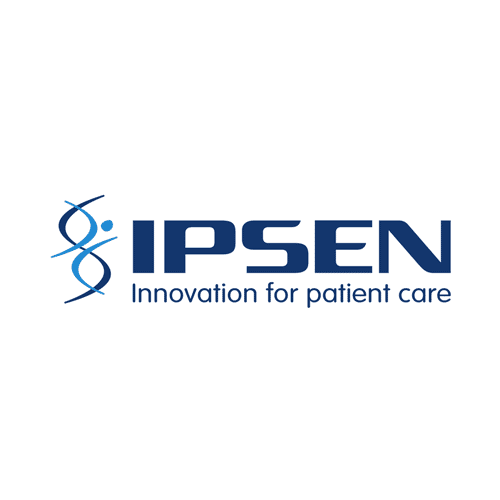
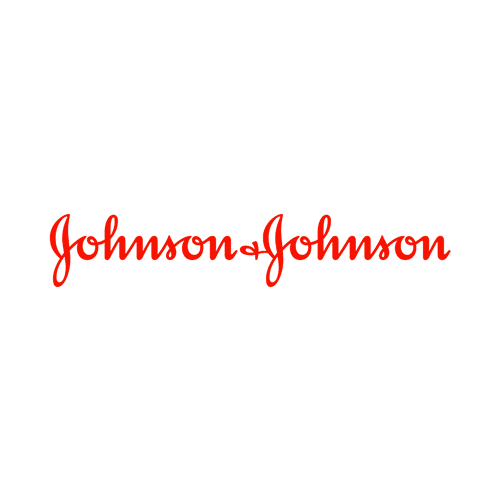
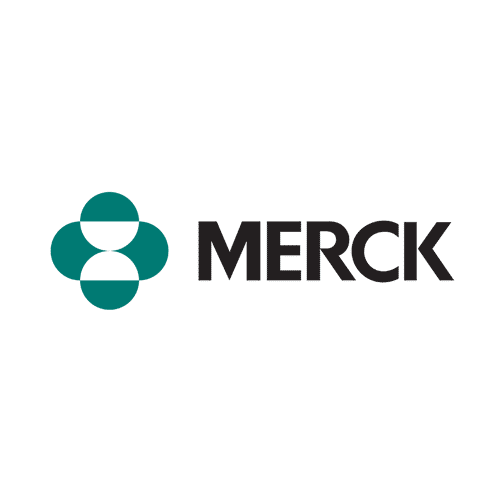
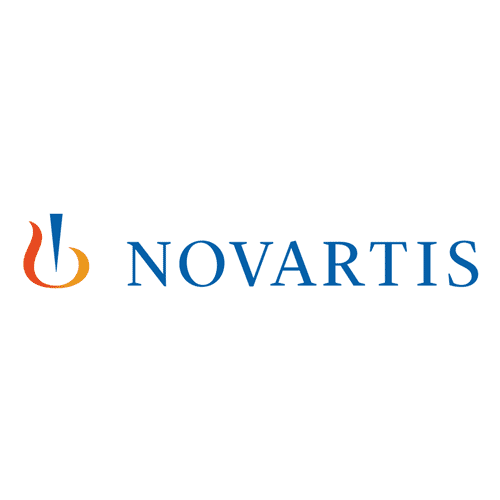
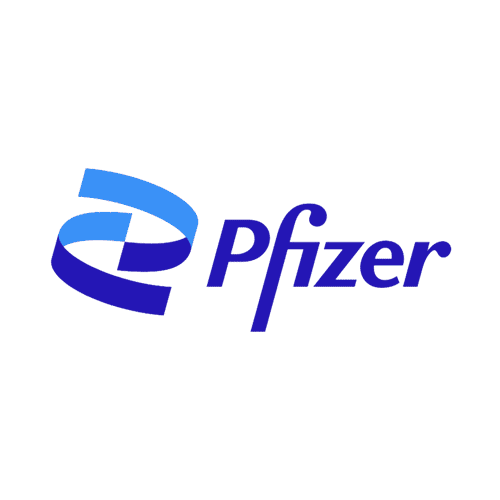

The challenges related to antibiotic resistance
Antibiotic resistance is considered a global health crisis, with some stakeholders referring to it as the next pandemic. With 1.27 million deaths worldwide in 2019, the death toll is rising and is estimated to cause up to 10 million deaths per year by 2050.
This antibiotic resistance leads to the inability to treat and control the disease caused by an infection. The impact on human health is directly related to antibiotics use, but also indirectly related to the consumption of antibiotics used for health and growth in agriculture and livestock.
Low- and middle-income countries are particularly affected by resistant bacteria, which are considered a top priority from a medical perspective.
Pharmaceutical and MedTech companies, as well as public organizations and alliances, must be united and work together to control this global public health threat. But these companies and organizations face many challenges, such as low profitability of antibiotics, stewardship, and market access difficulties.
Overuse or misuse of antibiotics can cause bacteria resistant to these treatments. Good control and stricter guidance on antibiotic use are needed for a good prevention of the spread of resistant bacteria, and consequently, the spread of an infection.
Multiple guidance strategies are proposed to provide the correct doses of drugs, know when to prescribe antibiotics, and know when to discontinue antibiotic use to limit the development of bacteria resistant to our current treatments.
How to optimize antibiotics use? How to raise awareness and develop therapeutic and medical education on antibiotic resistance and antibiotics usage? Which tool? Which channel?
Antibiotics are not profitable for pharmaceutical companies because they are expensive and long to develop, and their price is usually low, impairing the financial return on investment compared to traditional drugs.
The lack of innovative solutions in this area results in a limited number of new antibiotics coming to market, which compromises their effectiveness. On average, antimicrobial resistance is reported for most new agents two to three years after they are introduced to the market.
New antibiotics, sometimes from start-up companies, face difficulties related to the requirements of the agencies regulating marketing authorizations, as well as to the lack of appropriate business models that allow for sufficient profitability. This has led to a succession of failures and a lack of interest from industry. Ultimately, even if new antibiotics do reach the market, they may only reach the third line of treatment and are therefore rarely prescribed.
Besides, to date, we do not have many methods to prevent the development of antimicrobial resistance (AMR). Fundamental research, empowered by data science probably, is needed to develop predictive models to resistance development.
What are the innovative funding mechanisms for antibiotic R&D? How to develop a profitable case with a new antibiotic? Can AI help in the discovery of new antibiotics or in the prediction of antibiotic resistance?
The most problematic antibiotic resistance, including multidrug resistance, occurs in low- and middle-income countries. Despite the production of new antibiotics, only about one-third of antimicrobial drugs are covered by access strategies in these countries. Getting antibiotics to emerging countries requires optimization of logistics and restructuring of health care systems.
Joint efforts are being made by public and private organizations to combat antibiotic resistance. Communication, management and organization are not necessarily in place and need to be defined, which may vary by country and antibiotic.
For example, the One Health initiative, created in 2000, promotes an integrated, systems approach to human, public, animal, and environmental health at the local, national, and global levels to combat emerging illnesses with pandemic potential, including antibiotic resistance.
Their primary focus is to provide guidelines for mitigating this crisis, given the differences in regulation, access, and stewardship already in place depending on the geography.
How are public organizations helping with resistant bacteria? What global health initiatives exist to contrast antibiotic resistance that could be leveraged?
The use of antibiotics in livestock and agriculture, which we ultimately consume, impacts the generation of antibiotic resistance. This represents the largest consumption of antibiotics worldwide.
Antibiotics are used on animals and in agriculture to prevent and treat diseases caused by bacterial infections, as well as to rapidly increase the growth of animals. The pressure of mass production of livestock and agriculture therefore leads to unnecessary overuse of antimicrobials drugs.
Even if in some countries the use of antibiotics as growth promoter is banned, guidelines and restrictions on the use of antibiotics for animal health and agriculture should be developed and implemented globally.
What are the effective alternatives to antibiotics for rent animals and for plants? What kind of agricultural practice or setting can help in reducing the antibiotic use?
How we support you in your projects related to antibiotic resistance
For over 25 years, Alcimed has accompanied its clients in multiple explorations in healthcare, notably related to antibiotic resistance and new antibiotic approaches. We have conducted 50+ projects in the context of infectious diseases and antibiotic resistance.
The players we have helped with our explorations include:
- Pharmaceutical companies to position their existing products in new infectious diseases, or to investigate new opportunities with products in development
- Non-profit and private organizations to better understand the market of antibiotics for different indications and geographic areas
- The importance of antibiotic resistance around the world has allowed our team to explore its impact globally, while investigating the key differentiating elements in each country or region. Thanks to our wide range of clients, as well as our exploration of various geographical fields and project types, we have gained a comprehensive and global understanding of the issues surrounding antibiotic resistance.
Our projects include, amongst others, exploration of products and new technologies, assessment of the state of the art of products, specific market studies, business case development, mapping of programs and ecosystems, market access strategies, deciphering care pathways or agricultural practices in any geography.
For more information on the key challenges related to antibiotic resistance and how innovation can help address this global health crisis, check out our position paper on antibiotic resistance!
Examples of recent projects carried out for our clients in antibiotic resistance
Assessment of the risk of insufficient supply of an antibiotic for the treatment of neonatal sepsis
We worked for a leading healthcare player facing the challenge to repurpose an existing antibiotic for neonatal sepsis to address antibiotic resistance.
Alcimed evaluated the demand for this antibiotic for neonatal sepsis due to bacterial infections, by analyzing the updated epidemiology across several geographies.
Our team then assessed the current supply capabilities of the antibiotic in the in-scope geographical areas to ultimately evaluate the risk of insufficient supply. Our project helped our client to understand the local constraints and better prepare for the operational challenges of their drug repurposing.
Benchmarking of the engagement level of pharmaceutical companies regarding antibiotic resistance
Alcimed supported an international healthcare stakeholder to assess the current global efforts of pharmaceutical companies to contrast antibiotic resistance.
Alcimed performed a benchmarking exercise to evaluate what strategies are put into place by companies with respect to market access, education, logistics and environmental practices, and other aspects.
The project allowed to assess the receptivity of pharmaceutical companies with respect to antibiotic resistance and what kinds of collaborations may be developed in order to address this global health crisis.
Forecasting bacteriophages in 5 different indications for a leading healthcare player
Alcimed assisted a pharmaceutical company in estimating the market potential of a bacteriophage (a biological entity with antibiotic activity) for five different indications in several geographical areas.
Our team estimated the potential revenues of the bacteriophage taking into account the price and the duration of the treatments, based on different scenarios of market share projections, according to the analyzed competitive offer.
Exploration of unmet clinical needs in emerging countries to address antibiotic resistance
Alcimed conducted an exploratory project for an organization to better understand the burden, current practices and unmet needs of hospitals in emerging countries to address the spread of bacterial infections and antibiotic resistance.
In this project, our team first identified key barriers and unmet clinical needs by geographical area prior to co-building with our client adapted and prioritized solutions for each identified unmet need.
Analysis of the impact of antibiotic resistance on gonorrhea vaccine coverage
Our team supported a pharmaceutical company in understanding how antimicrobial resistance might impact antigens to be used in a gonorrheal vaccine.
To do so, our team analyzed the differences in bacterial strains that carry antimicrobial resistance genes to understand the differences in common antigens that might be used in vaccine design. The scope of research included understanding the common issues for developing vaccines for gonorrhea, including its ability to evade the immune system, preclinical testing models, and likelihood of cross reactivity with other strains.
Thanks to our investigation, we provided our client with a selection of the three main criteria for defining the most optimal process, the potential pitfalls and the minimum requirements for the vaccine under development.
Building of a business case for a Clostridium difficile vaccine
Our team supported a pharmaceutical company to understand the value proposition and likely revenues that could be generated from a vaccine targeting Clostridium difficile.
To help our client, we explored the natural course of infection, the typical patients who succumb to recurrent infections, current standard of care, previous clinical trial failures, and potential new treatments to build a peak sales model for launching a vaccine in this space.
In the end, our recommendations provided our client with a clear business case on where the pools of value existed for such a vaccine and the potential size of those value pools.
Opportunity evaluation of AMR vaccines for specialty populations
Our team supported a pharmaceutical company to determine a list of potential vaccine candidates for preventing AMR through vaccination.
First, we created a landscape of the types of bacteria that were already resistant to at least one class of antibiotics and the strains that could potentially become resistant to one or more classes of antibiotics. We then defined a potential strategy for combating AMR using combinations of vaccines that were already developed and those that would need to be developed.
Thanks to our work, we were able to recommend an R&D roadmap for evaluating which of those potential vaccines were feasible for development along with the key success factors for determining how to move forward with the proposed action plan.
You have a project?
To go further
Healthcare
Position Paper Alcimed – Antibiotic resistance: fostering innovation to solve an inevitable problem
How innovation in R&D can help solve the antibiotic resistance issue? What are the stakes for pharma players ? Download our position paper to discover it.
Healthcare
Superbugs: how can we combat this health threat caused by antimicrobial resistance?
What is antimicrobial resistance? Antibiotics are drugs used to combat infections and diseases caused by bacteria, such as pneumonia, bronchitis, ear infections or septicemia, and are not useless ...
Healthcare
Antimicrobial resistance (AMR): how can industrial pharma players tackle this crucial global public health issue?
Why is antimicrobial resistance (AMR) highlighted as a global health issue? Alcimed has been investigating the role and responses that industrial pharma players may play to contribute in defeating ...
Founded in 1993, Alcimed is an innovation and new business consulting firm, specializing in innovation driven sectors: life sciences (healthcare, biotech, agrifood), energy, environment, mobility, chemicals, materials, cosmetics, aeronautics, space and defence.
Our purpose? Helping both private and public decision-makers explore and develop their uncharted territories: new technologies, new offers, new geographies, possible futures, and new ways to innovate.
Located across eight offices around the world (France, Europe, Singapore and the United States), our team is made up of 220 highly-qualified, multicultural and passionate explorers, with a blended science/technology and business culture.
Our dream? To build a team of 1,000 explorers, to design tomorrow’s world hand in hand with our clients.
Antibiotic resistance is the ability of a bacterium to develop defense mechanisms that allow it to escape the action of an antibiotic drug.
While bacteria represent the highest priority category of drug-resistant microbes, other types of microorganisms such as viruses, fungi, and parasites, can be unresponsive to drugs, resulting in antimicrobial resistance (AMR).
Technologies and scientific advances will play a key role in the future of antibiotic resistance. For instance, new AI and machine learning technologies are emerging to identify the most resistant, present and virulent strains to antibiotic treatment. Here are for example 3 techniques that will change the future of antibiotic resistance:
- Data science for Mycobacterium tuberculosis: Scientists have developed advanced methods for analyzing TB germs at a genetic level, creating a lot of data that help find out if the germs are resistant to multiple drugs, which makes treatment harder.
- Machine learning algorithms for microbial classification: Machine learning is used in healthcare to identify and classify bacteria isolated from patients that cause disease.
- Machine learning in strain identification: The potential of image-based classification to predict characteristics of medically important strains, such as antibiotic resistance and virulence, is on the horizon.
